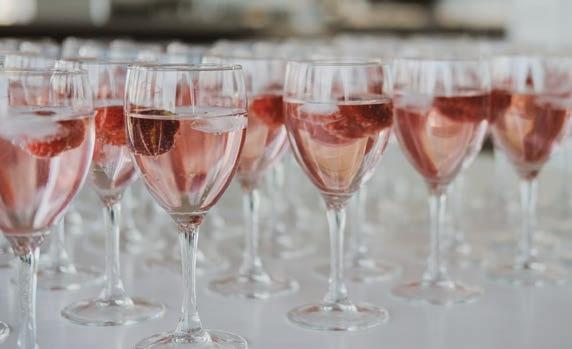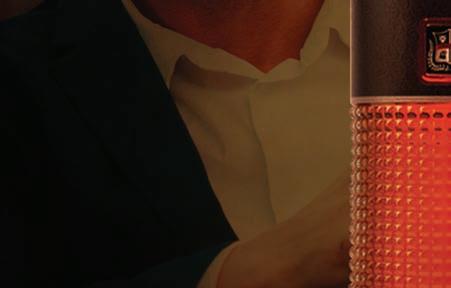
5 minute read
HOW SWEET IT IS
It makes sense. Most of the “popular” wines are very well marketed, have cute or fun labels, and have some (or a lot) of sweetness on the palate. Most Americans, especially, are drawn to sugar and sweets from the time they are toddlers. You know—that first birthday smash cake, just about every processed snack food, the cola wars, and most of the food advertised on TV and in magazines contains added sugar at levels the rest of the world doesn’t experience. Most Americans don’t realize that milk chocolate isn’t really a thing in the rest of the world. Common candy bars in the US are often re-formulated with darker chocolate and less added sugars for international palates. So, it makes total sense that many of the most popular wines in the US contain palatepleasing residual or added sugar. When I hear the statements listed above, I immediately hear about wine causing headaches and hangovers. I hear about how the wine doesn’t taste good with their meals. I hear how they get intimidated when they choose a wine for a special occasion and then revert to their usual bottle regardless. A function of a wine professional, a sommelier, or a wine consultant is to help the customer or client make their choice of wine an enjoyable (and affordable) experience. So, let’s dive into the giant pool of the wine world and see if we can find some alternatives to the headacheinducing, bad food pairing, and intimidating process of selecting a new (to you) wine.
I only like sweet wines.
A simple alternative to a sweet wine is trying a wine that, while actually dry, tastes sweet. But, wait… that doesn’t make sense! Does it? If you want a white wine, then try a Riesling from Alsace, a Trocken Riesling from Germany, or a Dry Riesling from the New York Finger Lakes. They are typically drier than many other Rieslings and are usually very fruity. Think aromas and flavors of lemon, lime, green apple,
Photo by Ales Maze
and white peach. You may also discover aromas and flavors of white flowers and blossoms, honey, and even petrol (yes, an asphalt-type smell that can lead you to a delicious, quality wine). Rieslings from these regions can be consumed immediately, or they can age for a very long time (decades), so don’t be afraid to store them correctly for a while before opening. These Rieslings are great for pairing with various foods and will hold up to complicated dishes. Think everything from chicken and turkey to fish and oysters to pork and sausages as great food pairings.

like red wines.” Also, try soaking some fresh strawberries in Beaujolais wine with a splash of orange juice and cassis juice or liqueur for a wonderful early summer adult treat! Like honey to the bee, you’ll find how sweet it is… but it is actually dry and fruity!
Photo by Dennis Vinther
If you want a rosé wine, then try a pink beauty from Provence near Marseille, France. This region provides some of the most pleasing rosés in the world. Fruity with a backbone of mineralogy, Provence rosé is a pink gem in your glass. This is a serious rosé, not a sweet hangover causer that your parents and grandparents may have drunk like sugary Kool-Aid. Fresh strawberries, melon, and roses will take over your nose and palate in the most pleasant way. While rosé from Provence is a perfect summer sipper on its own, good food pairings include even hard to pair asparagus and artichokes, raw vegetable plates, lamb and veal, salads, goat cheese and brie, and fresh fruit like strawberries. If you want a red wine, then travel just north of Marseille to Lyon, France. Many of us have heard about Beaujolais Nouveau, which is released on the third Thursday of November each year with much worldwide fanfare. Made from local red Gamay grapes, it is fermented and released for sale just a few weeks after harvesting. This is an enjoyable red wine, especially for those who usually don’t like red wine. This is not a wine to hold in your cellar to age. It should be consumed shortly after purchase—weeks, not years. Chill it a bit and take it to your Thanksgiving dinner, and everyone will enjoy this simple red. While many know about Nouveau, a more significant number do not know about Beaujolais Cru wines. The Cru’s are serious, fine wines that are often very approachable to even beginner wine drinkers. Each of the ten Cru (a separate

Photo by Marina Abrosimova

Jerry Hammaker, Owner Certain Aged Ventures www.CertainAged.com Wine Consultant, PR%F Awards


































